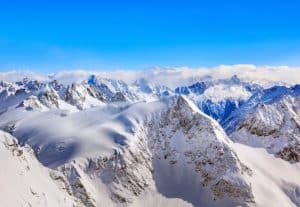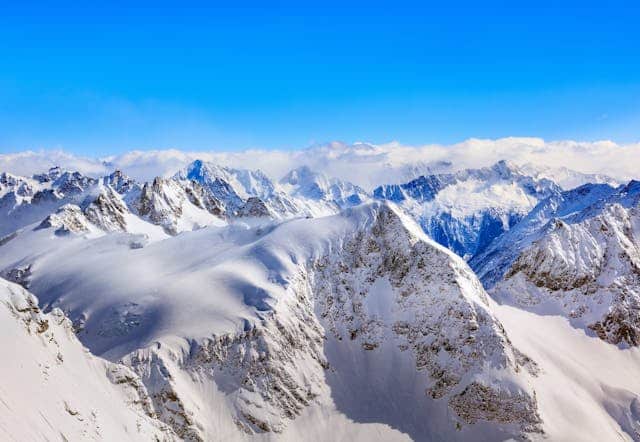Your cart is currently empty!
 Everest Ascenders: Unveiling the Time Commitment of a Conquering Climb
Everest Ascenders: Unveiling the Time Commitment of a Conquering Climb
How long does it take to hike Mount Everest? For more than a century, mountaineers have been enthralled by Mount Everest, the highest peak on Earth. It offers a challenge unlike any other because to its freezing slopes and terrifying altitude. However, a vital query for those with the courage to go for it: how long does it take to climb Mount Everest?
There isn’t a simple number to answer. Like a high-altitude marathon, climbing Everest requires careful preparation as well as extraordinary physical and mental toughness. A complicated tapestry of acclimatization periods, well-planned rest days, and weather-dependent summit pushes makes up the true climb duration.
The Acclimatization Imperative: Preparing Your Body for the Thinnest Air
The trek starts weeks in advance, with a vital step known as acclimatization, rather than at the base of Mount Everest. The extremely thin air encountered at high elevations is not something the human body is adapted to. The oxygen concentration at 5,364 meters (17,598 feet), the highest point of Everest, drops to just 40% of what it is at sea level. Altitude sickness, a potentially fatal illness, can result from this sharp decrease.
Climbers perform a sequence of pre-climb rotations in order to counter this. These entail escalating to higher camps gradually and then returning to lower altitudes to recuperate. As a result, the body is able to physically adapt and produce more red blood cells to supply essential organs with oxygen. Schedules for acclimatization can differ, however
The Climb Itself: A Journey Segmented by Camps and Weather Windows
After becoming acclimated, the actual ascent starts. At Everest Base Camp, mountaineers and their support crews temporarily reside in a thriving center. From this point on, the climb is divided into phases, each indicated with a specific camp. These camps serve as both rest stops and staging areas for climbers preparing for longer ascents.
Climbers spend several days at each camp to allow for more acclimatization and energy conservation as the route continues slowly upwards. One major challenge on the south side climb is the Khumbu Icefall, a dangerous maze of crevasses and ice towers. It can take a lot of time and effort to fix ropes and navigate the constantly changing ice landscape.
The Summit Push: A Race Against Time and the Elements
A successful climb requires reaching the peak window, a time of rather stable weather. Usually, summit pushes are initiated at night to benefit from lower temperatures and more solid snow. This last phase tests climbers’ physical and mental stamina over a demanding 10 to 14-hour ordeal. Above 8,000 meters (26,247 feet), the “Death Zone,” when the human body starts to fail, calls for extraordinary endurance and concentration.
The Descent: A Crucial But Often Overlooked Stage
The top is not the point of completion. It is equally difficult and dangerous to descend Everest as it is to ascend. Significant obstacles include fatigue, thirst, and the persistent risk of altitude sickness. Climbers have to dismantle camps and navigate dangerous terrain as they cautiously retrace their steps.
The Overall Time Commitment: A Multi-Month Expedition
After accounting for all of these factors, an Everest trip can require anywhere between 60 and 75 days of time in total. The actual climbing time may only take a few weeks, but the careful planning, the acclimatization periods, and the descent take a substantial amount of time. It’s evidence of the difficulty and enormity of climbing the tallest mountain in the world. Thus, this is the approximate duration of an Everest hike.
Don’t forget to check out our store.


Leave a Reply